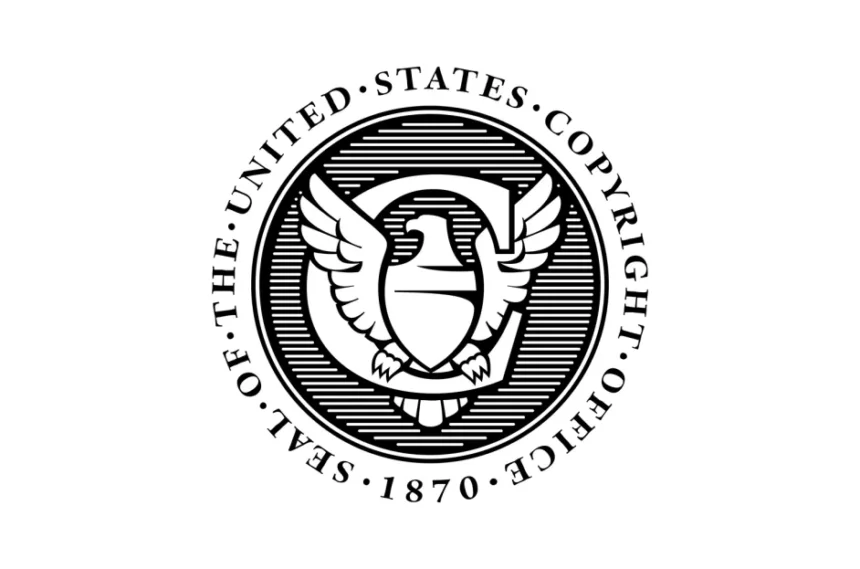AI-generated content is becoming more prevalent, raising new questions about intellectual property rights. The recent U.S. Copyright Office ruling, which granted copyright protection to works that include AI-generated elements, has sparked a fresh debate about AI’s role in creativity. This legal precedent sets the stage for future battles over ownership of AI-assisted creations.
What’s Happening & Why This Matters
The U.S. Copyright Office has granted copyright protection to several works, including AI-assisted creations. This policy adoption is an advancement towards acknowledging AI’s role in the creative process. However, it raises questions about who truly owns AI-generated works: the human creator, the AI software developer, or the AI itself.
Legal experts suggest that these AI-assisted works, such as albums and artwork, should be credited to their human creators, even if AI played a noticeable role in the creation process. The U.S. Copyright Office has clarified that only human authorship is eligible for complete copyright protection. However, using AI tools, such as in the creation of music or art, blurs the line of authorship and creates complexities around protecting these works.
While AI can generate text, images, and music, its work is still seen as complementary to human creativity rather than replacing it. The copyright rulings are crucial for creators who rely on AI tools to develop their work, as they define their rights and protections. The ruling also acknowledges AI’s creative potential while recognizing the value of human input.
TF Summary: What’s Next
As AI influences artistic creation, the copyright landscape must adapt to the new challenges posed by AI’s capabilities. Future legal cases will likely help further define intellectual property rights and AI ownership. Artists and tech companies will need to navigate the complexities of AI-assisted works, ensuring that creativity and intellectual property are both protected in a rapidly changing world.
— Text-to-Speech (TTS) provided by gspeech


